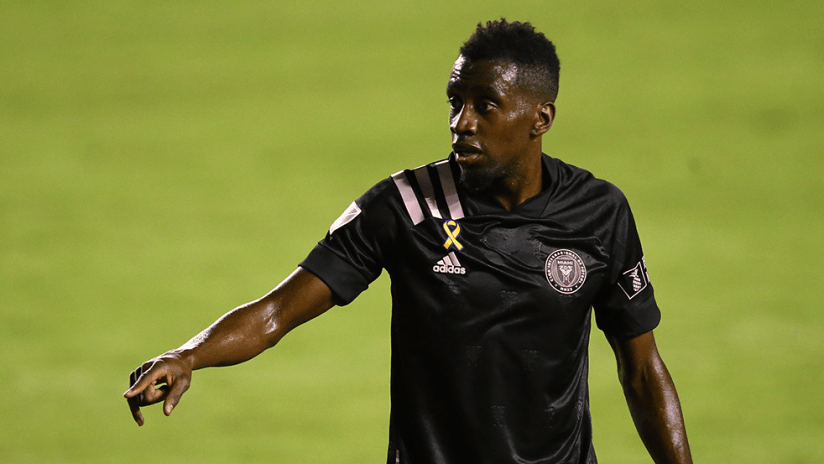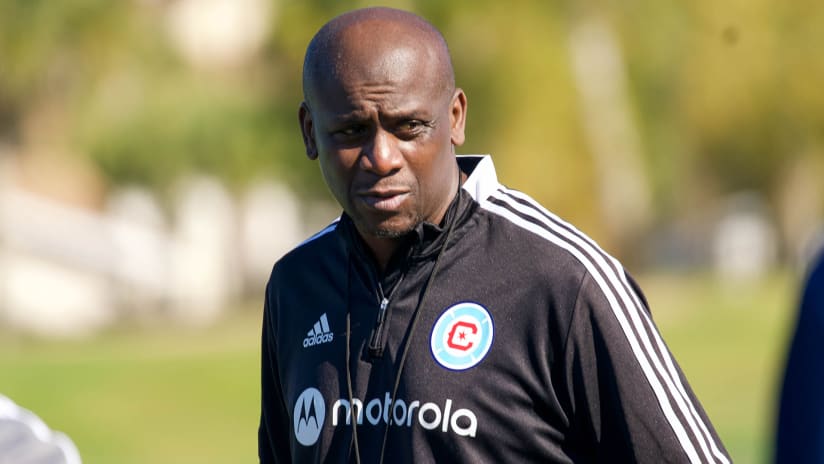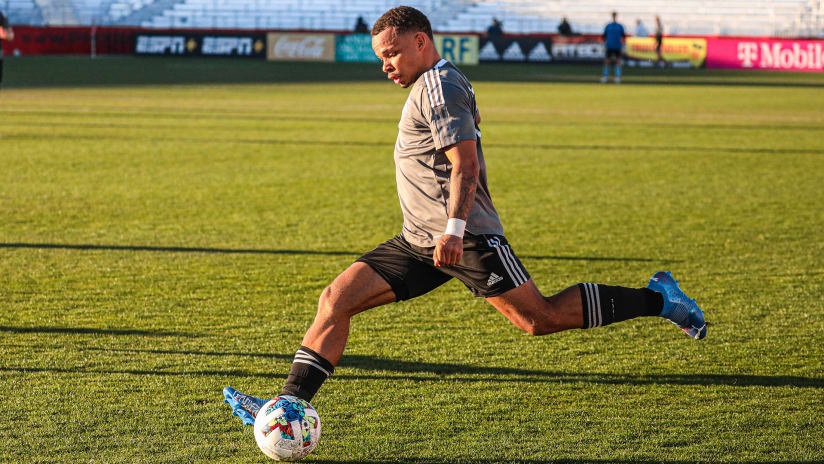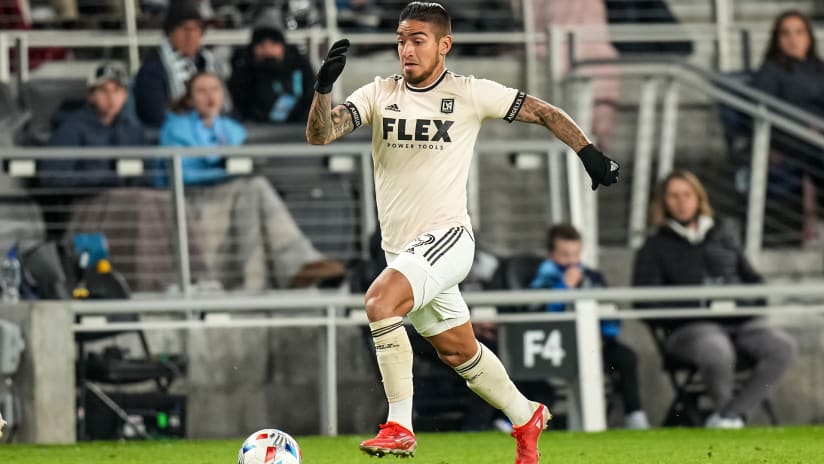As is the case with every new season, there will be plenty of teams around Major League Soccer counting on improved performances from certain key cogs in 2021.
Actually, there was an unusually large amount of routinely important players who for one reason or another slumped last year. As you would likely guess, clubs that fell well short of expectations in 2020 employ the majority of the players aiming for strong comebacks campaigns.
We haven't included any players who'll still be in the middle of major injury recovery when the season begins in April, which is why a guy like
Heber
isn't listed below. He certainly needs to rebound after dropping from 15 goals in 2019 to one last season, but it seems unfair for
New York City FC
to expect him to regain top form right away.
Now we'll conclude the ceremony with a nod to the less-honorable-than-usual mentions:
Yamil Asad
,
Jesus Ferreira
,
Julian Gressel
,
Brad Guzan
,
Rodolfo Pizarro
,
Diego Rubio
and
Dru Yearwood
.
Ezequiel Barco
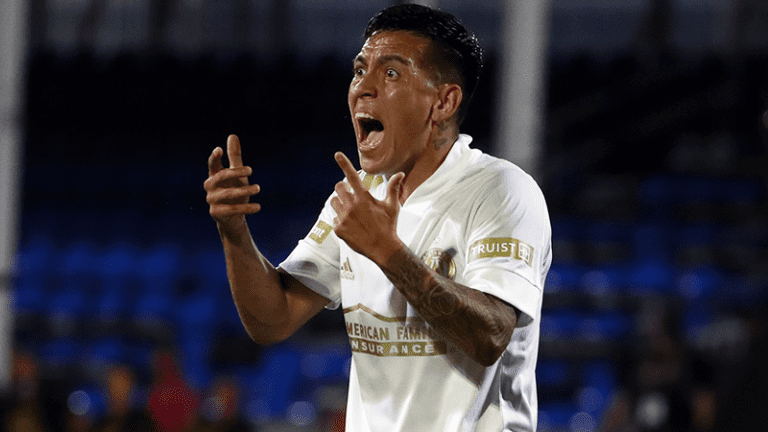
The
Atlanta United
attacker started like a house on fire to help the team win their first two games of 2020, and it looked like his star was finally on the rise. Then the season pressed pause, and
Barco
was never quite the same when it resumed. It wasn't for a lack of trying, but he slumped with the rest of the Five Stripes, picking up a pair of stray helpers as they went 1-10-2 in his last 13 outings of the year. It can be easy to forget he's still just 21, but the wait for his true breakout season continues. With
Josef Martinez
set to return and new weapons ready for their first full season in Atlanta, 2021 would be a great time for it.
Steve Birnbaum
It's true that injuries cost the
D.C.
skipper a large portion of the 2020 season, and he also clearly wasn't his usual workmanlike self when available. As such, it might seem unfair to include him here. Any way you slice it, there's no avoiding the notion that this team will need
Birnbaum
back on his "A" game if they're going to bounce back from a shoddy campaign that saw the defense devolve from being the stingiest in the East in 2019 to the second most generous last year.
Edison Flores
By now, you've surely noticed that we rightfully could have put together a deep list populated solely by D.C. United players. No team had more impact players performing well below a previously set individual standard. As the only one of that group new to MLS, it makes sense that
Flores
would need some time to adapt. How much time he needed was a surprise. The Black-and-Red expected supplemental offense and general havoc-wreaking around the box from a Designated Player coming off two solid Liga MX seasons. Instead they got just three helpers in 872 minutes and a lot of poor final third execution.
Javier Hernandez
And now we've arrived at the most obvious no-brainer pick. Yeah,
Chicharito
was often starved for service, but let's not absolve him completely for the wretched return of two goals in 759 minutes. His link play was disappointing, his runs were a bit less sharp than usual, and his targeting system seems to have been on the fritz. Hernandez only managed to put 28 percent of his shot attempts on frame, when his career average was close to 50 percent prior to the season. In part because of this he put just 0.6 shots per game on target, which is right at 40 percent of his usual rate. This is all from a guy who was brought into replace Zlatan's star power and at least a good portion of his production. Take two begins in April.
Ola Kamara
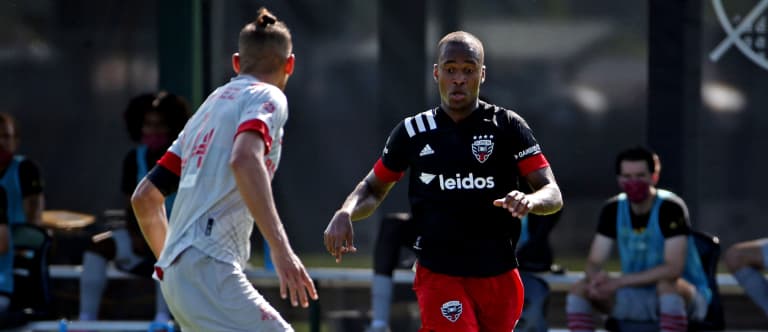
Coming into last season, the D.C. United striker had racked up 52 goals in just 101 total MLS games. Kamara was consistently money in the bank, even when the Galaxy pushed him out of position to make room for Zlatan Ibrahimovic. That goal security went out the window in 2020, with the 31-year-old netting but four times in 1327 league minutes. Like Chicharito,
Kamara
shot a lot less than usual and was much less accurate than usual. That equation left him getting just 0.55 shots per game on goal, which was less than half his career MLS rate.
Blaise Matuidi
It's likely that many observers would put a different
Inter Miami
DP-signing in the list, but for my money
Matuidi
was furthest away from his usual level. The Frenchman was among Europe's most influential two-way ball hawks for over a decade, but looked almost lifeless in his first MLS season. His defensive work was less insistent and his passing game was less incisive. This all contributed to the Herons failure to take firmer control of games, which was basically the point of acquiring the World Cup 2018 winner. Surprisingly, they were only infinitesimally better at that with him on the field last season.
Fernando Meza
There has been a lot of
recent scuttlebutt about the center back
moving on, but as of now he's just a guy that Atlanta United needs to pick up his socks in 2021.
Meza
, a veteran with a solid reputation as a busybody defender, came in to fill the shoes of club icon
Leandro Gonzalez Pirez
. The difference was eminently noticeable. The new guy struggled mightily with positioning for much of the season, and the club gave up more prime chances than ever before. It probably didn't help that partner
Miles Robinson
was also going through some dips, but the fact that Meza ranked between the third and 44th percentile of center backs in all major defensive rate categories speaks for itself.
Daniel Royer

Since arriving at Red Bull Arena in 2016, the winger has been a consistent reminder of the team's hounding, capitalistic nature in attack. Coming off the best season of his MLS tenure, if not his entire career,
Royer
's performance dropped in several previously faithful play-driving areas last season. Shot attempts, shot accuracy, dribbles, pressures — all were among the categories where his rates per 90 fell 20-40 percent from career norms in 2020. When he was on, the team excelled (4-0 when Royer notched a goal or assist). He just oddly wasn't on that often. Royer didn't score after September, putting up just five shot attempts and three key passes across their last eight games.
Albert Rusnak
Honestly, we could almost replace "Royer" with "
Rusnak
" to repeat the last entry. The
Real Salt Lake
string puller has been a reliable source of production since coming to MLS a few years ago. However, last season, everything fell off in the areas that have historically been his best strengths. They win when he plays well and suffer when he doesn't. Yada yada yada. Rusnak did actually gently increase his shot-creating stats, but they weren't quality shots (as evidenced by a paltry 2.7 expected assists for the year). Simply put, three goals and two assists won't cut it for a DP playmaker that generally abstains from playing defense.
Kenneth Vermeer
The Dutchman came to
LAFC
with the rep of a cold-blooded shot-stopper, and ended the year a clear last in the league in save percentage among all netminders that played at least 720 minutes (at 52.8 percent, which was about 17 percent below his career average).
Vermeer
did make some stunning stops along the way, but not near enough to cover for an unusual amount of gaffes or to keep his starting job. The 35-year-old allowed just over a quarter goal per game above the team's expected goals allowed. If he can get back to his best, LAFC will have a much easier time regaining status as a title favorite.

